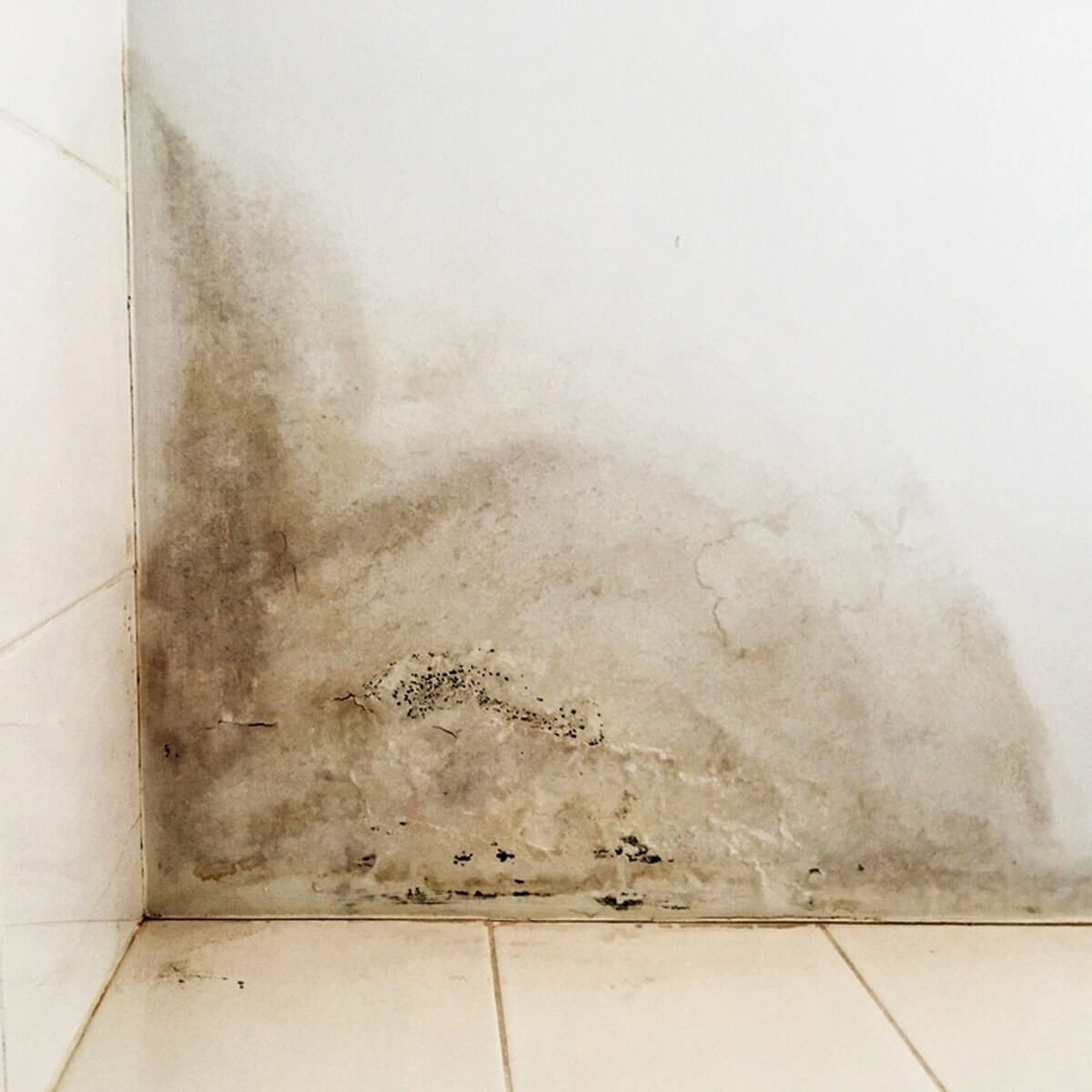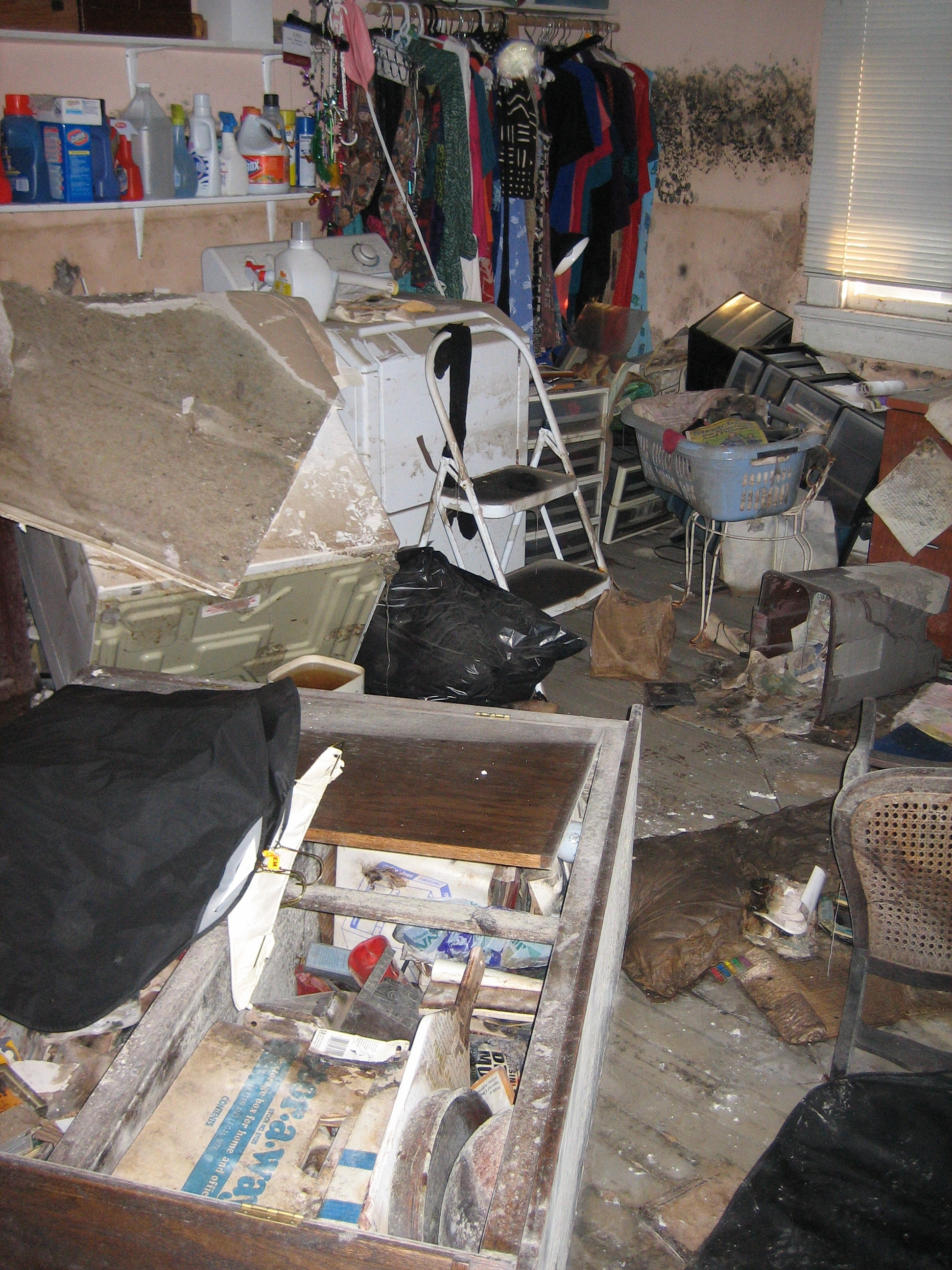Comprehensive Damage Restoration Services for All Types of Water Damage
Comprehensive Damage Restoration Services for All Types of Water Damage
Blog Article
The Refine of Water Damage Cleaning: Guaranteeing Your Home Is Recovered Properly
Water damage can be a daunting challenge for property owners, requiring a meticulous and structured cleanup procedure to recover security and performance. Originally, a comprehensive analysis is crucial to identify the extent of the damages and determine the suitable removal actions. Following this, reliable water extraction strategies play an essential role in reducing further harm. However, the subtleties of drying out, disinfecting, and eventual reconstruction are just as essential and frequently neglected. Recognizing these phases can make a significant distinction in the end result of your home's repair, triggering a closer check out what each action entails.
Evaluating the Damage
Upon uncovering water damage, the initial step is to completely assess the extent of the impact. This preliminary evaluation is crucial, as it helps establish the essential actions for reliable cleanup and reconstruction. Begin by evaluating the influenced areas, consisting of wall surfaces, ceilings, floorings, and individual items, to recognize the source of the water invasion, whether from flooding, leakages, or condensation.
Recording the damage is essential for both insurance coverage claims and preparing restoration initiatives - damage restoration services. Usage photos and written notes to capture the severity of the damages, noting any type of damaged architectural aspects and materials. Pay unique attention to locations that might not be right away noticeable, such as behind walls and under carpetings, as concealed dampness can result in further issues, including mold development
Additionally, analyze the timeline of the water exposure. The longer the products continue to be damp, the better the capacity for damages. Recognizing the duration of exposure will certainly educate the urgency of removal initiatives. Eventually, an extensive assessment prepares for an effective water damage cleanup process, ensuring that all impacted areas are resolved successfully and extensively.
Water Extraction Techniques

Professionals commonly utilize submersible pumps for bigger volumes of water, which can quickly ease flooding in basements or other influenced locations. For smaller sized quantities, wet/dry vacuums are typically made use of to draw out residual moisture from rugs and hard surface areas. Furthermore, making use of portable extractors allows for targeted elimination in restricted spaces or areas with fragile products.
In instances of infected water, such as sewage or floodwater, advanced removal methods might involve the usage of biohazard tools to make certain safety and security and compliance with health and wellness laws. High-powered extraction devices are crucial in minimizing water retention in structural products, which can lead to mold and mildew development and structural deterioration otherwise dealt with quickly.
Ultimately, the performance of water removal strategies plays an essential role in the general success of the water damages cleanup process, laying the groundwork for subsequent reconstruction efforts.
Drying and Dehumidification
Once standing water has been properly removed, the following crucial phase in the water damages cleanup procedure is drying out and dehumidification. This action is important to avoid additional damage and mold and mildew development, which can occur within 24 to two days in moist atmospheres.
To achieve efficient drying out, specific devices such as industrial-grade air moving companies and dehumidifiers is utilized. Air moving companies circulate air throughout wet surface areas, enhancing evaporation prices, while dehumidifiers minimize moisture degrees airborne, promoting a favorable setting for drying out. The mix of these devices ensures that moisture is drawn out from walls, floorings, and home furnishings, allowing them to completely dry thoroughly.
It is necessary to keep track of the drying procedure very closely. Professionals often use dampness meters to assess the moisture content in various products, making sure that all impacted areas get to acceptable dryness levels. This thorough approach assists to stop hidden dampness pockets that might bring about structural damages or harmful mold development.

Cleansing and Sterilizing
After the drying and dehumidification phase is complete, the following important action in water damages cleanup is cleaning and sterilizing water restoration orlando the influenced locations. This process is essential to stop the growth of mold and mildew, germs, and other microorganisms that thrive in damp atmospheres.
The cleaning phase normally involves getting rid of any type of debris, dust, and contaminants from surface areas using specialized cleaning agents. For tough surfaces, a combination of soap and water or commercial cleaning products is often utilized. Soft products, such as furniture and carpetings, might need extra extensive cleansing methods, consisting of steam cleansing or deep removal strategies, to ensure detailed sanitation.

Sterilizing follows cleansing, utilizing EPA-approved disinfectants to get rid of hazardous microorganisms. This step is essential, particularly in areas that might have entered call with floodwaters or sewer, as these resources can pose significant health risks.
Furthermore, it is essential to address any type of staying smells, which may call for using smell neutralizers or sophisticated methods like ozone therapy. Proper cleansing and sterilizing not only recover the safety and security and hygiene of your home yet also prepared for successful restoration and fixings in succeeding stages why not try these out of the water damages cleanup process.
Restoration and Repair Work

As soon as the evaluation is complete, repair efforts can begin. Furthermore, flooring might need similar focus, depending on the degree of water direct exposure.
It is crucial to involve skilled reconstruction specialists during this process, as they possess the knowledge to take care of complex repair work efficiently. They can help minimize possible future problems, such as mold and mildew growth or structural instability, hence ensuring a habitable and risk-free living setting. Ultimately, efficient reconstruction and repairs restore the home's honesty and improve its total value.
Final Thought
To conclude, the procedure of water damages cleanup is important for restoring a home to its pre-damage problem. Each phase, from examining the damage to executing effective water extraction techniques, adhered to by extensive drying out, disinfecting, and necessary repair services, plays a crucial function in guaranteeing safety and conformity with structure criteria. Efficient implementation of these actions not only alleviates prompt damages yet also enhances the long-term stability and worth of the residential or commercial property.
Water damage can be an overwhelming challenge for house owners, demanding a thorough and organized cleaning procedure to restore safety and security and functionality. Ultimately, a thorough analysis lays the groundwork for a successful water damage cleanup procedure, look these up ensuring that all affected locations are addressed effectively and completely.
Reliable water extraction strategies are vital in minimizing damage and protecting against more difficulties complying with a water breach occasion.In conclusion, the procedure of water damages cleaning is vital for bring back a home to its pre-damage problem. Each phase, from examining the damage to executing reliable water extraction strategies, complied with by extensive drying, sterilizing, and needed fixings, plays a necessary function in making certain safety and security and conformity with building criteria.
Report this page